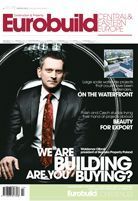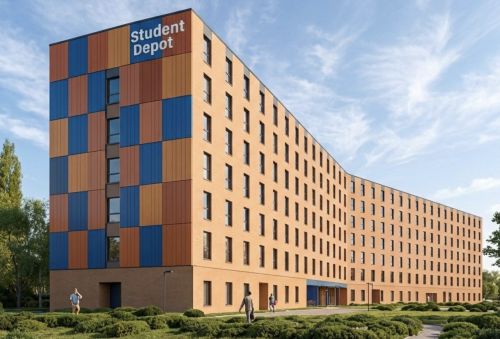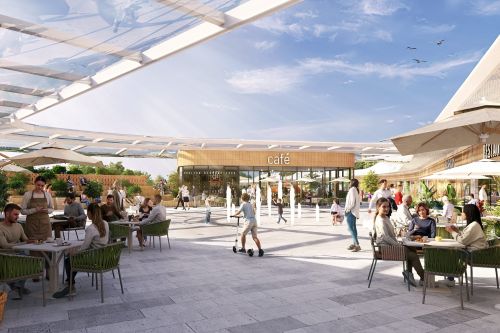Nathan North, 'Eurobuild CEE': I'm talking to you today just before your speech to the Budma construction fair in Poznań. What are the main themes that you are going to address in your speech?
Renato Rizzi: I would like to develop the idea of what architecture is today. As architects, we don't have enough consciousness about our culture and what our discipline is. This is not a simple question at all. When I ask my students what the culture is of where they grew up, it is difficult to get a good answer. Our contemporary culture is actually based on technique and science, and this is based on another important principle, the isolation and function of things. But technique and science cannot collate objects into their original contexts. If we look at the Greek origins of the word 'architecture', apxi [archi-] is the first root, meaning 'chief', and this rules over tektwv [-tekton], the construction process. apxialso means first principles, the intellectual space where you find the re























































